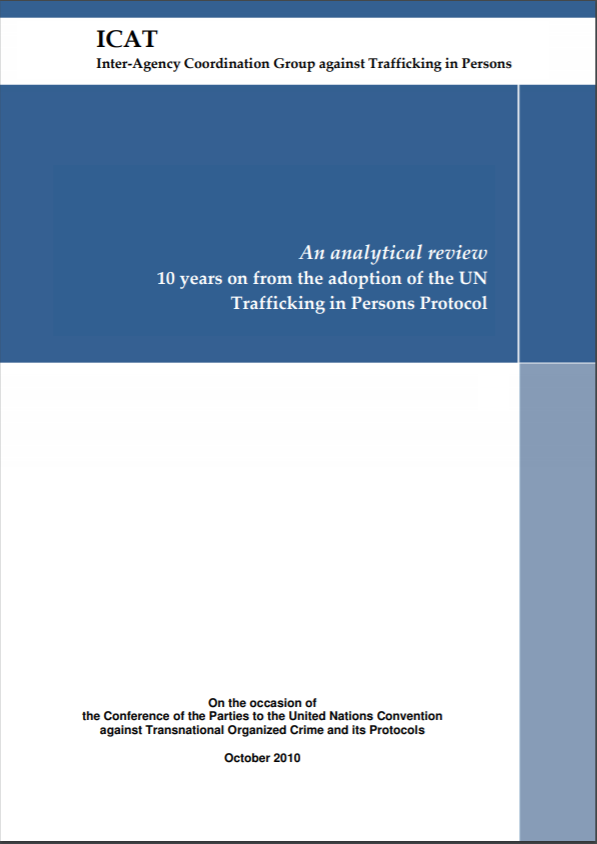COVID-19 Response and Preparednes Related Measures

This operational advisory note in relation to the COVID-19 outlines a number of priority actions to be undertaken by National Protection Clusters including the Areas of Responsibility. It is intended as a quick reference tool to support colleagues in the field who are working on preparedness and response to the outbreak. This advisory note is a living document. This advisory note is complemented by two annexes: 1- Overall protection programming considerations (V1 attached) 2-Considerations for specific protection programmes
Country
Worldwide
Region
Worldwide
Year
2020
Category








